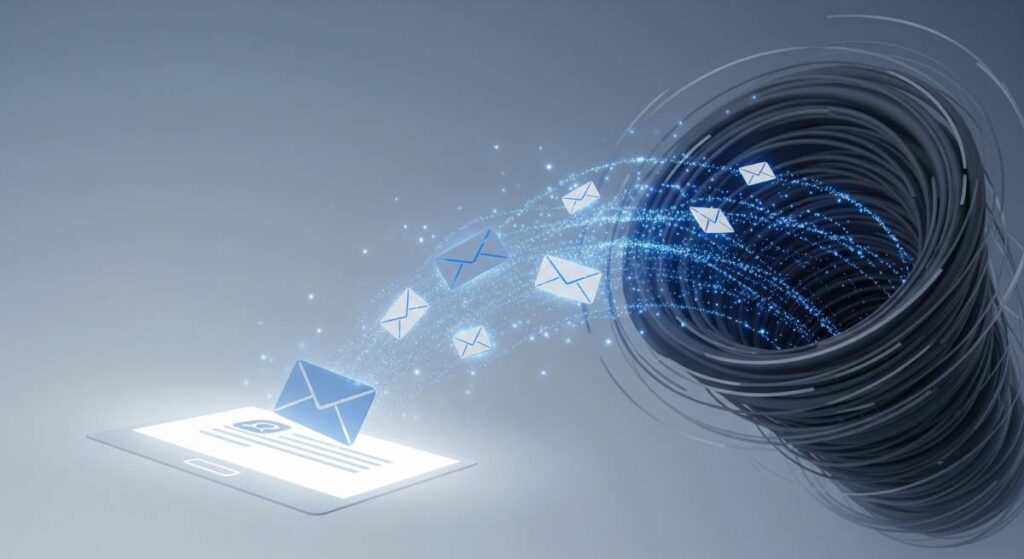You have a valuable service that could solve major problems for your ideal customers. The challenge? They’ve never heard of you.
You can wait for them to find your website through search or hope for a referral, but relying on inbound leads alone leads to an unpredictable, often empty, sales pipeline.
You know you need to be proactive, but traditional cold calling is inefficient and doesn’t scale.

Cold emailing is about writing for one recipient (but in mass)
Waiting for Leads Isn’t a Growth Strategy.
Every day you don’t actively reach out is a day your competitors are starting conversations with your ideal clients.
You may have tried sending a few cold emails yourself, only to be met with silence or, worse, get flagged as spam. It feels daunting, complicated, and legally risky.
This hesitation leads to stagnation, leaving your business’s growth to chance instead of building a predictable system for generating new opportunities.
We Build Your Outbound Sales Engine.
We create and manage professional cold email outreach campaigns that start valuable conversations and fill your sales pipeline.
This isn’t spam; it’s strategic, personalized, and compliant communication. We handle the entire complex process for you:
- Technical Setup: We configure dedicated sending domains with perfect SPF, DKIM, and DMARC authentication to ensure your emails actually land in the inbox.
- Targeted List Building: We identify and build high-quality lists of your ideal prospects based on industry, role, and specific pain points.
- Compelling Copywriting: We craft personalized, value-driven emails that resonate with your prospects and focus on solving their problems, not just pitching your service.
- Campaign Management & Optimization: We manage the sending, follow-up sequences, and analyze the results to turn initial contact into qualified meetings for your sales team.
Stop waiting for leads to find you. Let’s go out and start the conversations that will grow your business.
Start building your outbound sales pipeline ASAP.

Qualifying leads in a lead-gen system increases your chances to succeed
